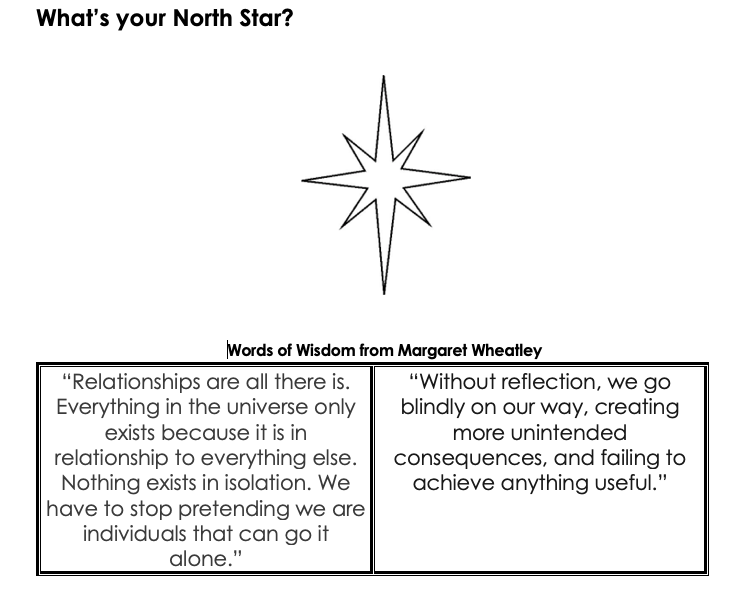We offer you Short Texts at Your Fingertips. One or two times each week, we provide teaching ideas around a different type of short text that is easily found in the home, so that no family feels under-resourced. These ideas can integrate into virtually any curriculum and pedagogy, from Workshop to basal. If you are a caregiver, teacher, or curriculum director, these brief but mighty texts and lessons are our way of saying thanks. And our way of giving children authentic and enjoyable reading and writing engagements each day.
Written by Julie Wright & Elizabeth Keim
SHORT TEXTS AT YOUR FINGERTIPS: ARTICLES
Articles are a perfect short text. Found in newspapers (the old-fashioned ones still found in driveways and at newsstands and now also online), in magazines and on websites, they are easy to find and easy to share. While we all want to be careful about how much of current events we share with children, there are lots of fascinating articles to share with any age group. Sports stories are often the hook needed to get a reluctant reader interested. And, if you read about a game you watched or attended, you bring lots of background knowledge to your reading. We are particular fans of the quirky human interest story: the armored truck with the faulty door that spills thousands of dollars in cash all over the highway or the message in the bottle that washes up a 100 years after it was dropped into the ocean on the other side of the world. There really is an article for everyone.
TRY THIS!
Step 1
Find an article you want to share. There are lots of places to find articles. One excellent source is your local newspaper. It is a great source of information about your town or neighborhood and is likely to be filled with issues and events of interest to your young readers. Local papers usually have online platforms, making it easy to share the article or get a printer-friendly copy in readers’ hands. In addition, there are many online sites to peruse so take a look at the resource list provided below.
First, select a subject matter that will interest readers. Consider a:
Current event
Human interest story
Sporting event
Historical event (old newspapers also have fascinating articles)
Next, ask yourself, will you and your students read the article:
All together?
Partially together and partially on their own?
On their own?
Step 2
Discuss the article. There are many ways to guide the discussion such as:
Look at the features of the article and talk about their importance.
Headline -- What is this article about?
Byline -- Who wrote this article? Can you figure out their job at the publication?
The “Lead” -- How does this article begin? What’s the pithy sentence or two right at the top to catch readers’ attention?
Photograph / Image -- What do you see? Is there a caption? If so, what does it teach you?
Quotes -- What are some one-liners from the article worth noting?
To keep the conversation going, considering asking:
What are some facts from this article?
Do you have any connections or new ideas based on your reading?
What are your opinions about this article?
What other questions do you have about what you read?
Step 3
Ask students to brainstorm a list of interesting topics that they may want to learn more about (such as animals, space, rainforest). Then, invite students to go on an article hunt and find 1-2 articles related to any of the topics that were generated. Ask students to share the articles with their peers. This can lead to high interest, voluminous reading filled with texts curated by students for students. For more on ways to curate texts to inspire voluminous reading, check out this blog post.
Step 4
Give students opportunities to write their own articles for their peers or for online publication submission. Check out these two resources:
Time for Kids - A great site which includes articles by grade level.
Google has some free templates that students can use to create their own newspapers.
FOR MORE RESOURCES, CHECK THESE OUT!
DOGO News - A great site that one can search by topic.
Scholastic News - A tried and true publication which is organized by grade level.
News For Kids - Lots of interesting articles organized by date, with the most recent articles at the top.
KidsPost - This the kids’ section of “The Washington Post”.
Teaching Kids News - A site started by a parent and a teacher and geared for grades 2-8.
COMING SOON!
Short Texts: Mighty Mentors That Move Readers and Writers Forward by Julie Wright & Elizabeth Keim (2022)













